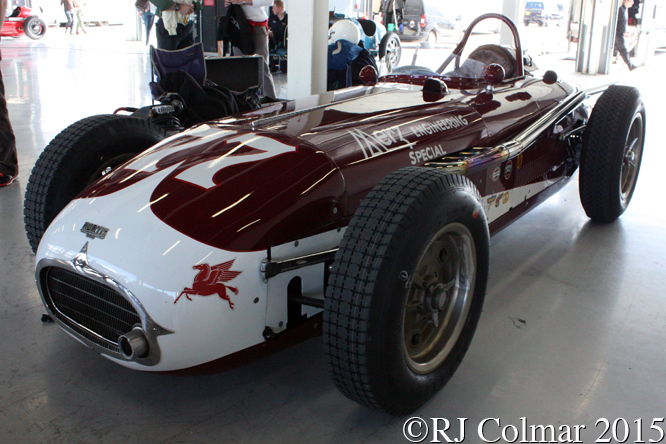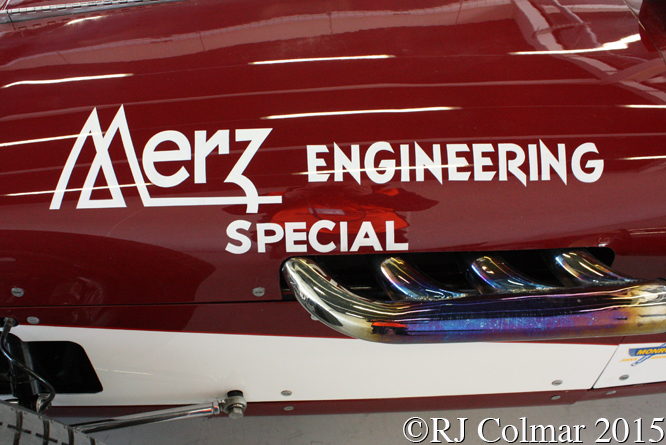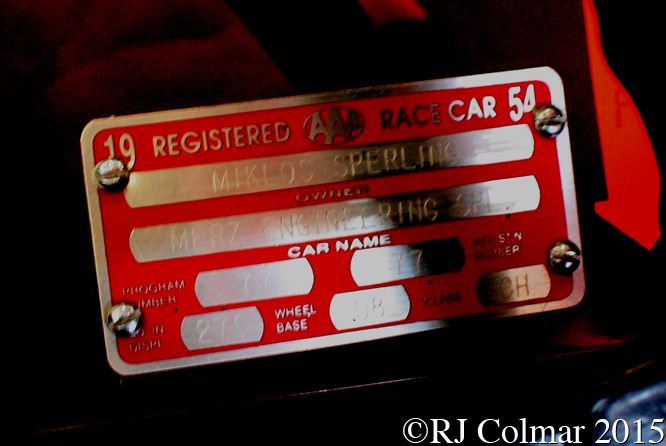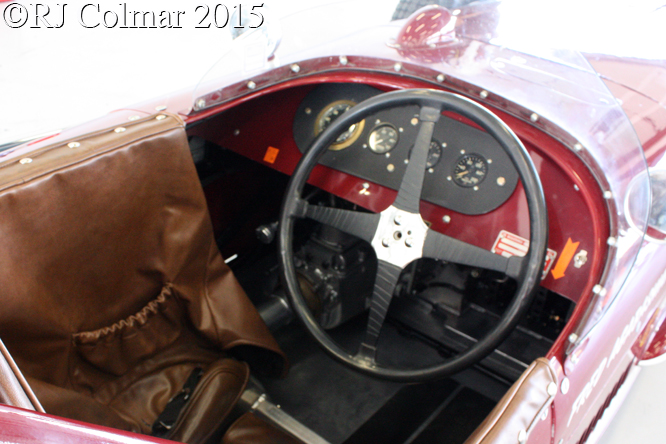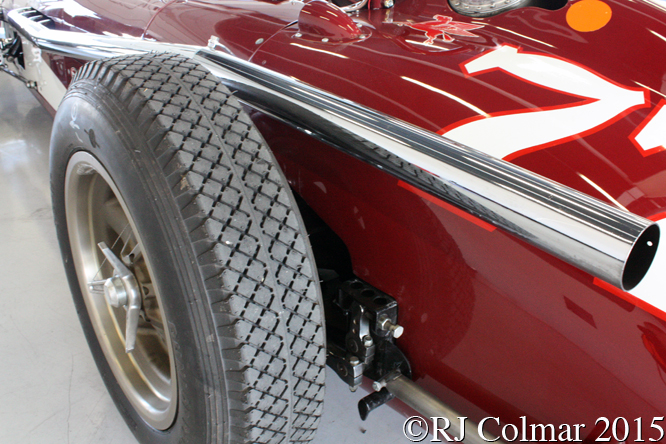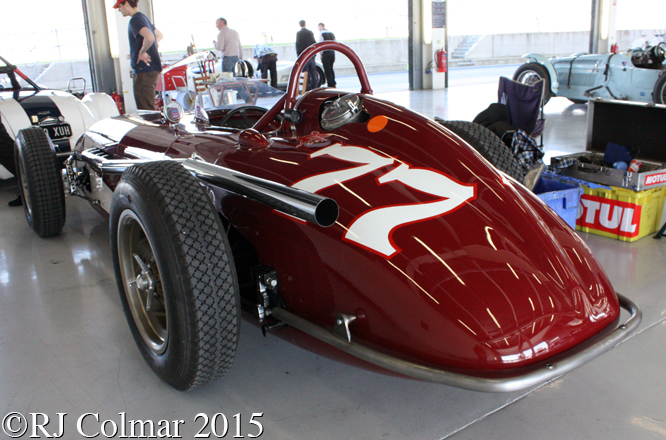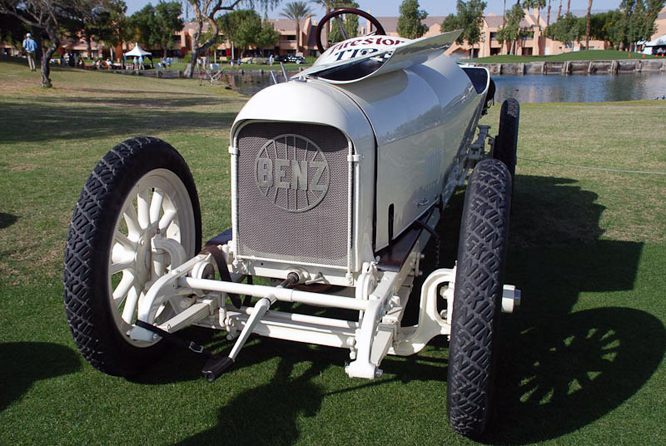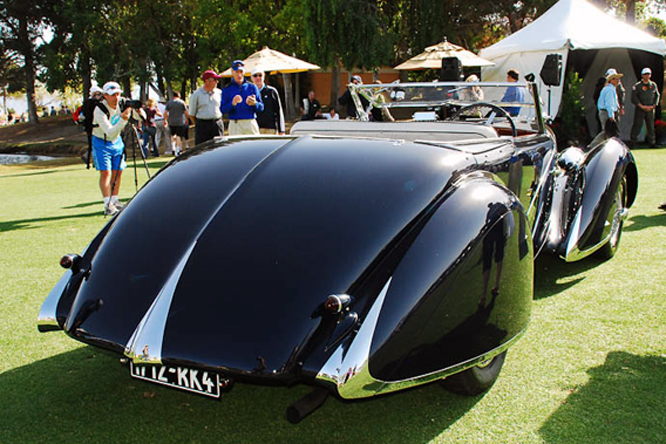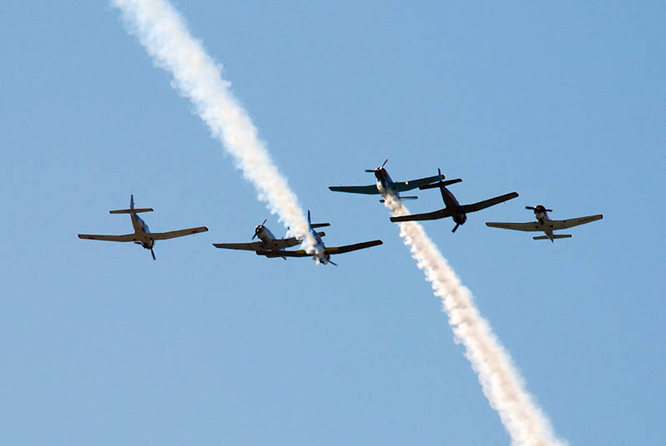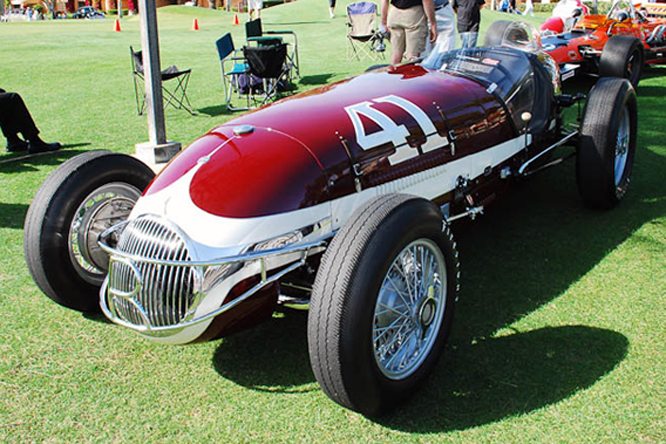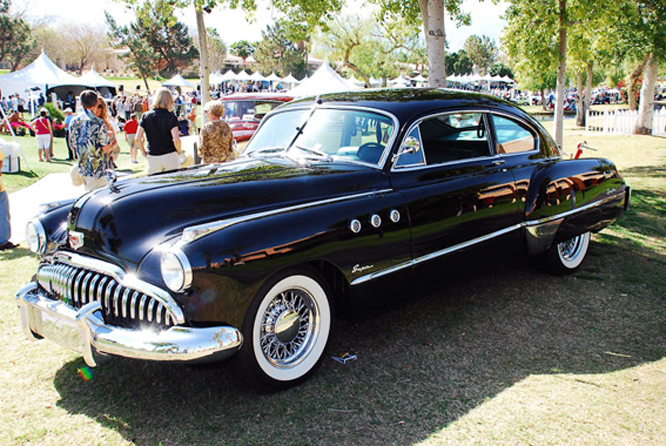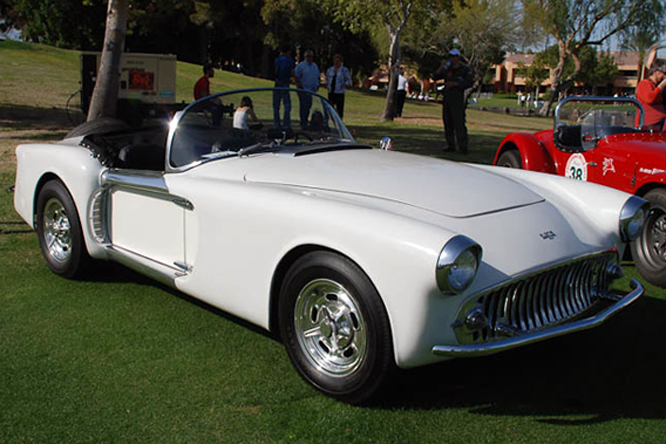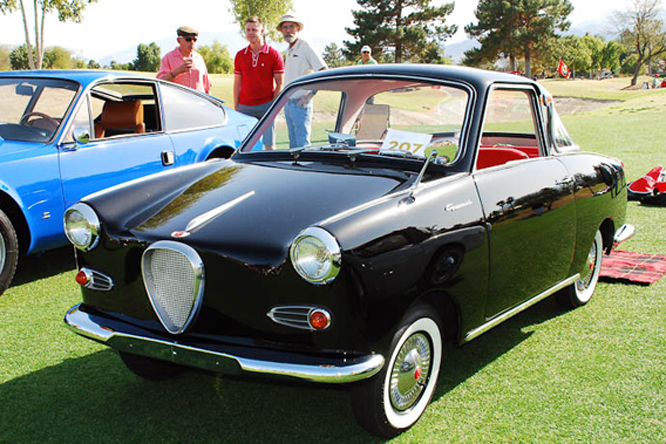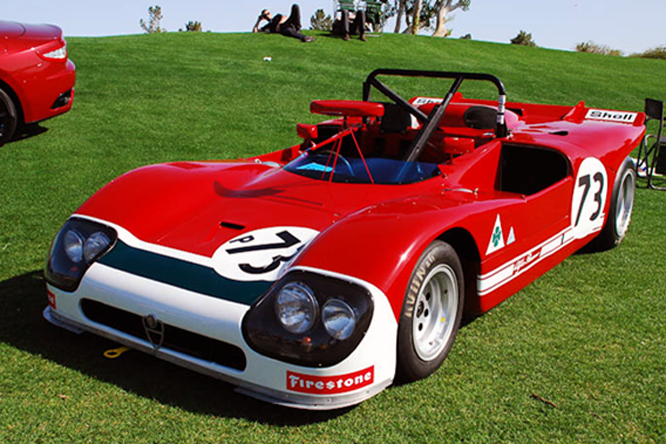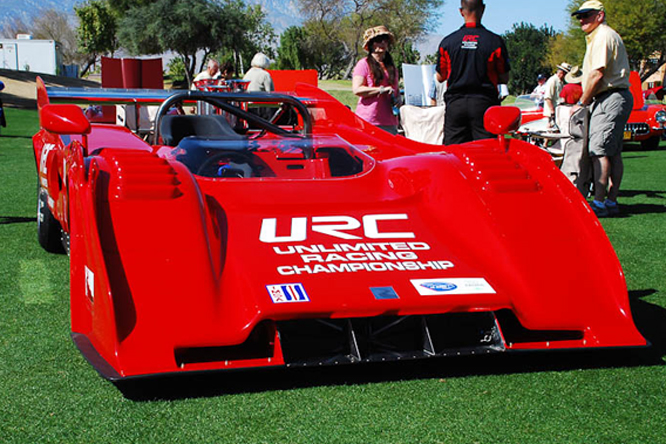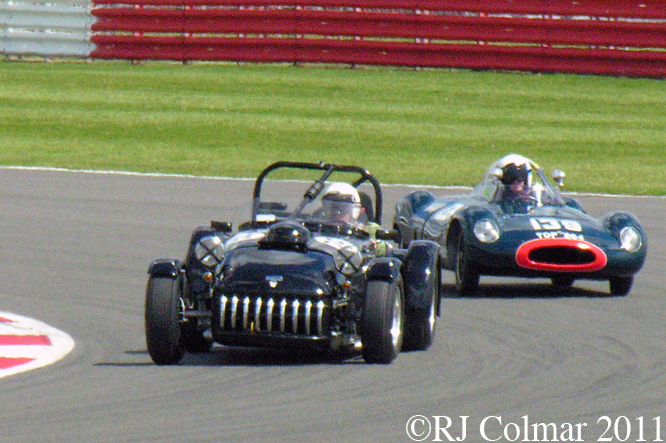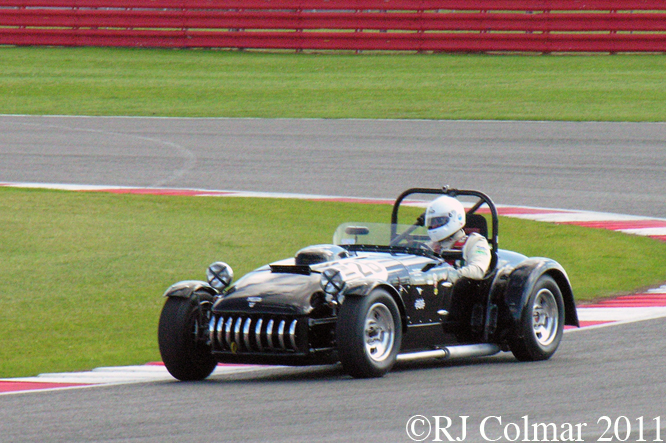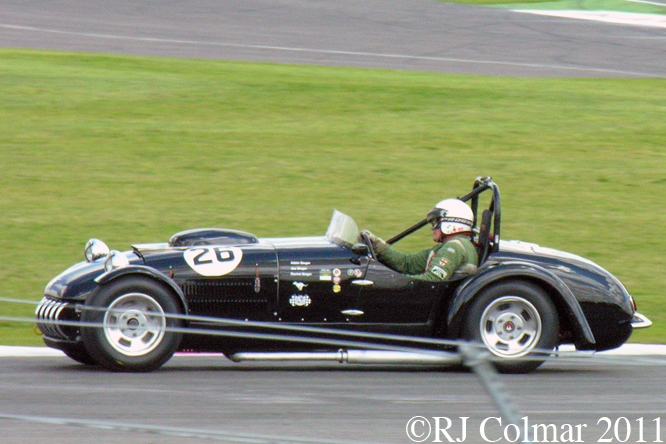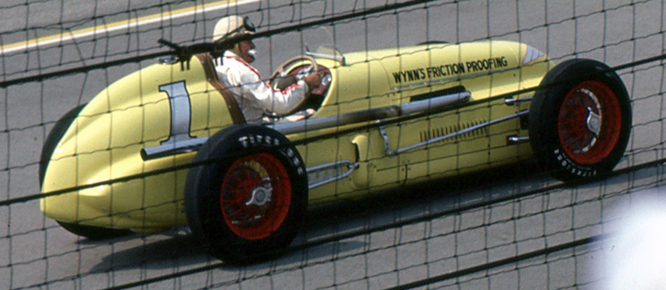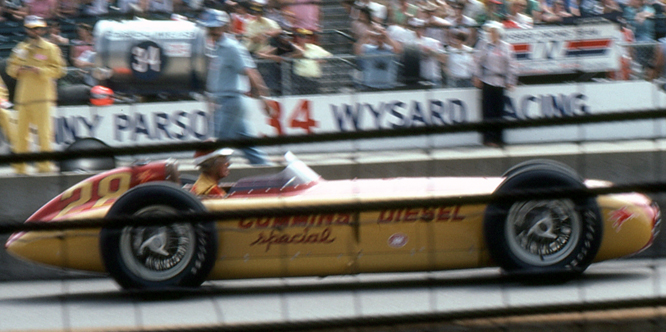A couple of weeks ago the Hill Climb at Chateau Impney which ran from 1957 to 1967 was revived by the Hagley and District Light Car Club attracting over 200 Edwardian, veteran, vintage and classic entries which ran over an exciting course that was nearly doubled in length from the original 550 yards to 967.8 yards, just over 1/2 a mile.
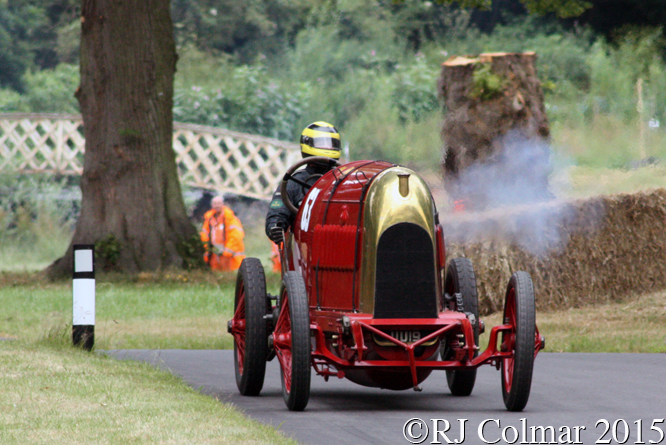
Stars on the hill included Duncan Pittaway’s stupendous flame belching FIAT S76 which proved an entertaining handful on the narrow winding course with it’s low revving 28.5 litre / 1,739 cui Goliath of an engine and spindly pram like wheels, Duncan was classified 197th overall and 13th in the Edwardian and Veteran class.
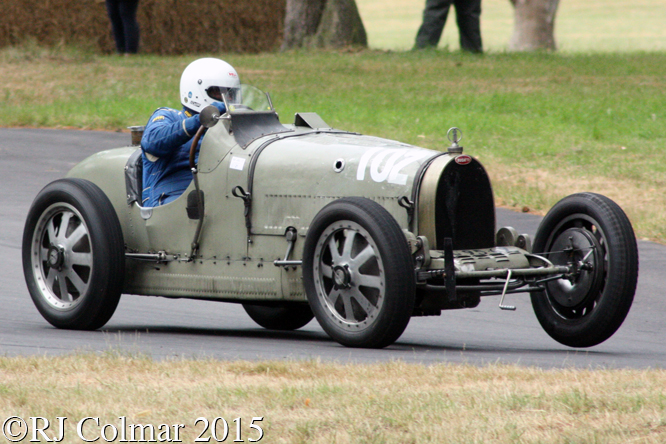
Cocking a front wheel going into Raven’s Nest above is the Type 35B Bugatti driven by Chris Hudson which was classified 72nd overall and 12th in the Pre 1940 up to 3 litre / 183 cui class which was won by…
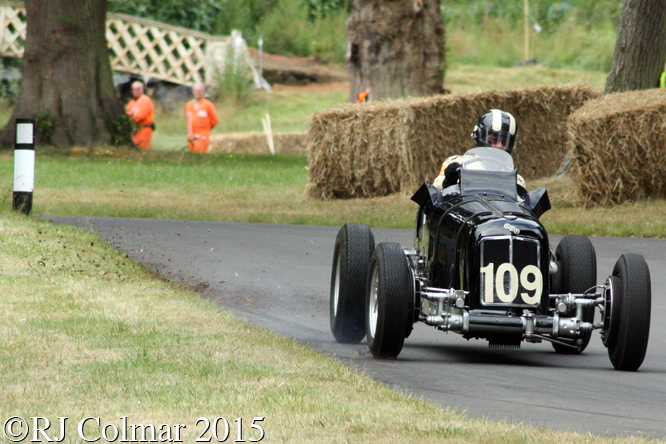
… James Baxter, who was classified 6th overall, seen above kicking up the verge driving Mac Hulbert’s ERA R4D.
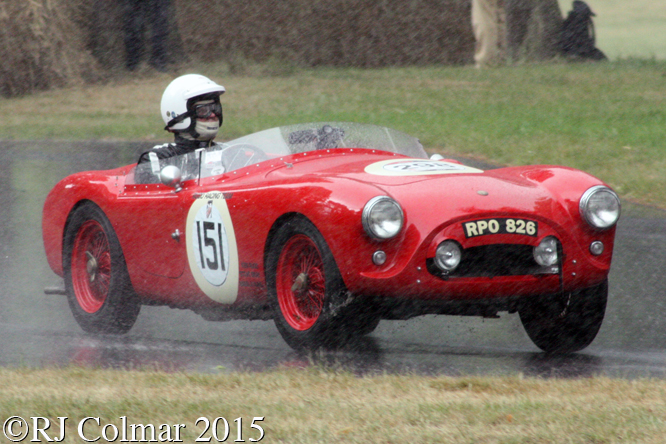
Steve Gray’s 1954 AC Ace Ruddspeed was on track just as an otherwise light spot of rain turned nasty, Steve’s afternoon time was 174th fastest overall of the day, 13th in class.
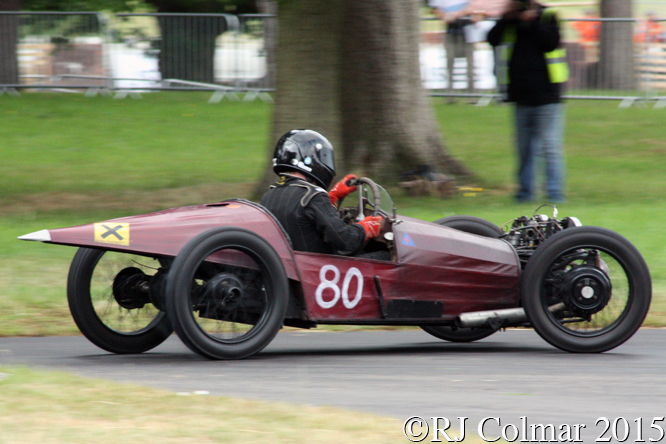
Charlie Martin can always be relied upon to display thrilling sideways driving skills driving the Morgan RIP Special, on this occasion he was classified 37th overall and 2nd in the up to 1500 cc Pre 1940 racing car class to Paddins Dowling driving the ERA R10B.
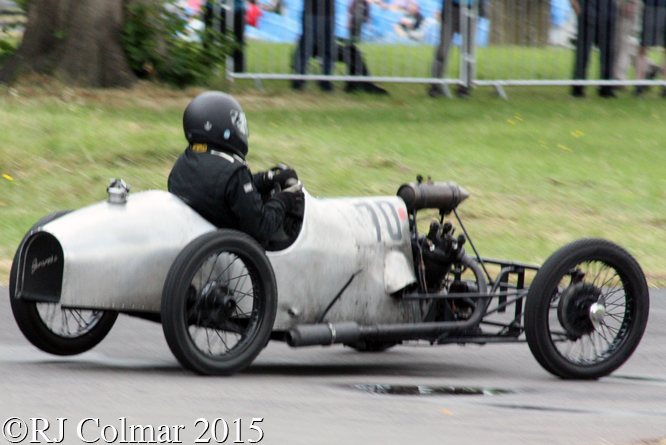
Gary Clare, who was classified 2nd in the Pre 1940 up to 1100cc racing car class and 91st overall, went one better than Charlie by managing to lift the inside rear wheel of “Grannie” exiting Raven’s Nest.
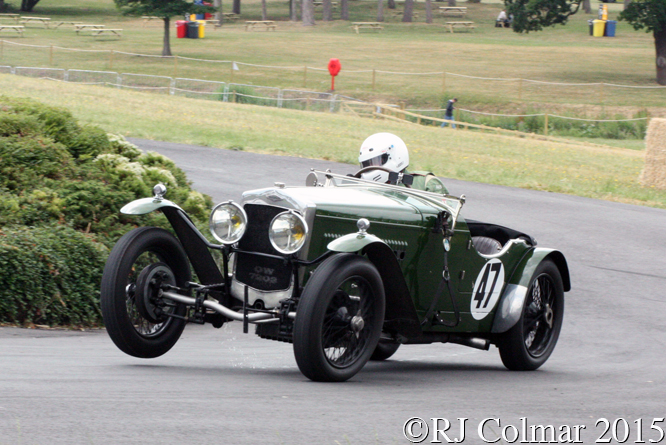
Front wheel lifter Chris Batty, 110th overall and 4th in the over 1500cc Pre 1940 sports cars class, is seen above exiting the roundabout in his 1930 Fraser Nash TT Replica.
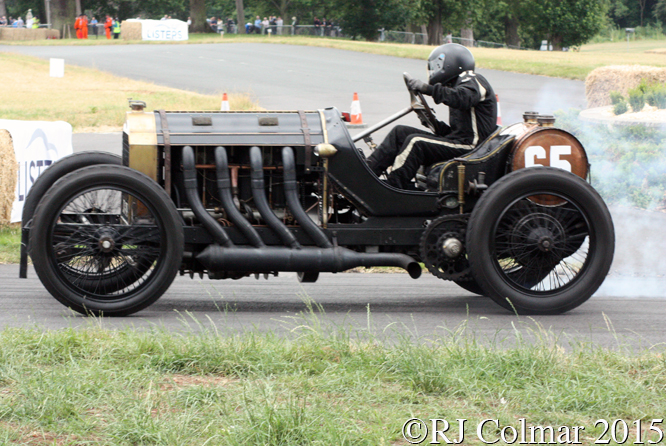
Richard Scaldwell, who regular readers may remember built the V8 powered GN JAP, used this event to debut his newly restored 1909 16.5 litre / 1006 cui de Dietrch which was classified 162nd overall and 4th in the Edwardian and Veteran class.
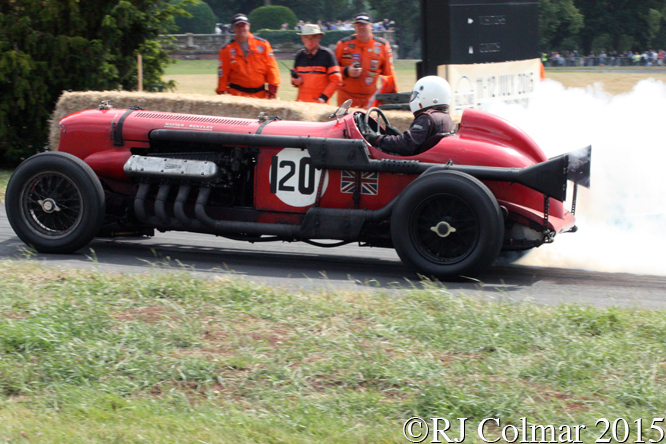
King of the burn out’s at Impney was Chris Williams in his Napier Bentley which was classified 131st overall and 5th in the Pre 1940 racing cars over 3 litre / 183 cui class.
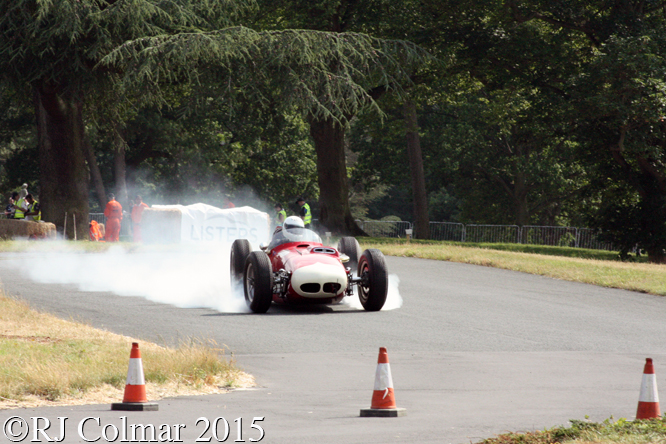
Another car probably not best suited to the discipline of Hill Climbing was Fred Harper’s Kurtis Kraft KK500G designed to run on the wide open space of Indianapolis, above Fred appears to have remembered a bit too late that he and his 1957 Indy Roadster have a roundabout to negotiate, relying on his earlier morning time Fred was classified 5th in the pre 1961 over 1500 cc class and 128th overall …
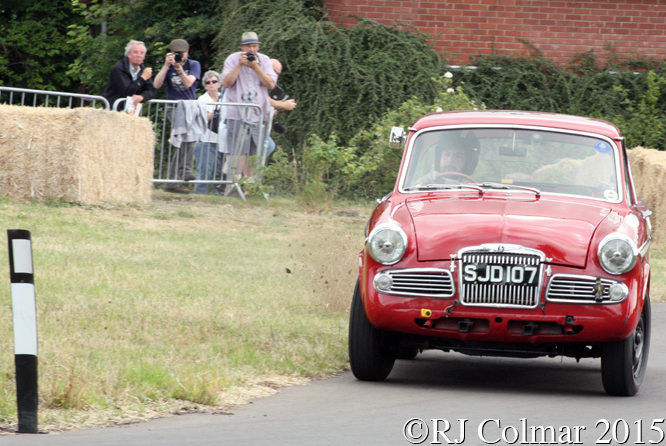
… one spot overall ahead of George Shackleton seen drifting his 1960 Sunbeam Series III on his way to a 10th place finish in the pre 1968 production saloon car class.
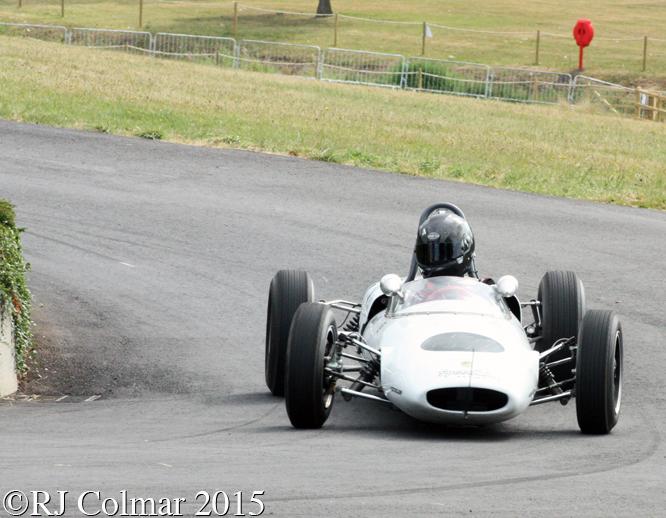
Local man from Bromsgrove and first time hill climber Jack Woodhouse is seen above setting fastest time of the day in his 1962 Lotus 20/22 Formula Junior car, the Woodhouse family had cause for a double celebration as Jack’s Dad Mark won the Pre 1961 up to 1500 cc class driving an Elva 100 Formula Junior car.
Plans for next years event at Chateau Impney are well underway, and if you have never been to a Hill Climb before this one should certainly keep you entertained.
Thanks for joining me on this “Thrills ‘n’ Spills” edition of “Gettin’ a li’l psycho on tyres” I hope you will join me again tomorrow when I’ll be looking at another Mercury. Don’t forget to come back now !


